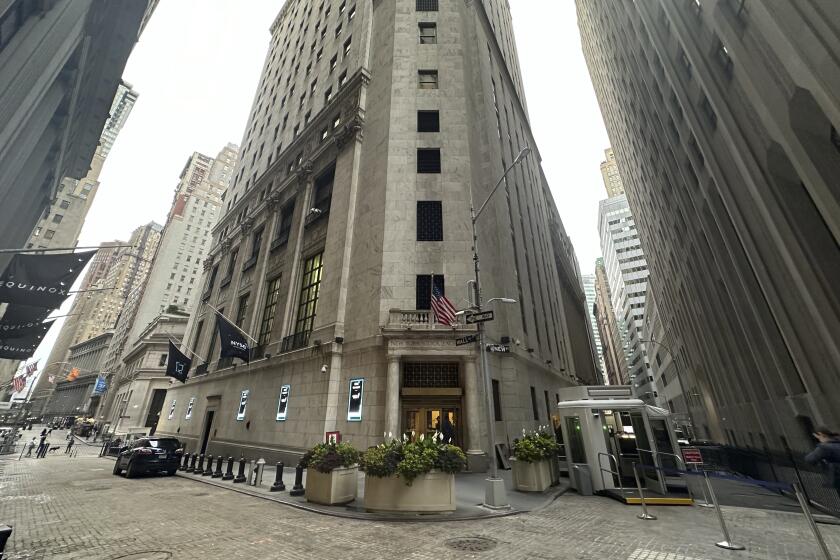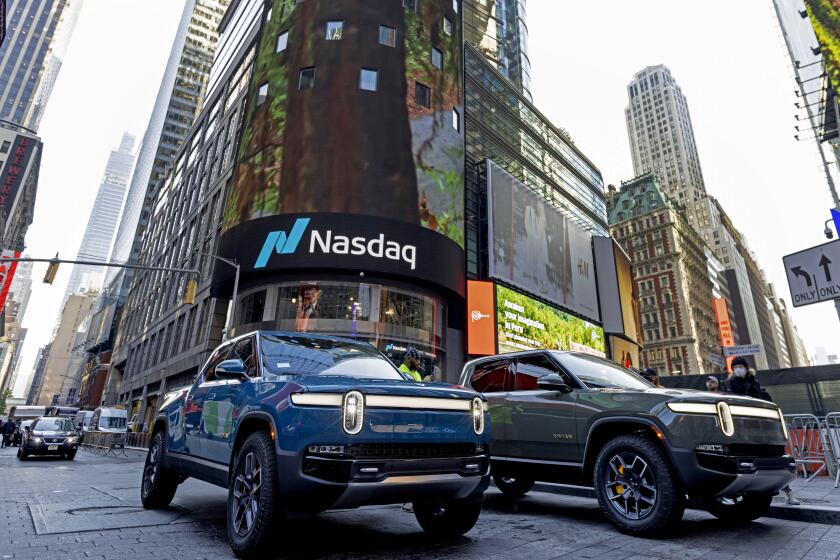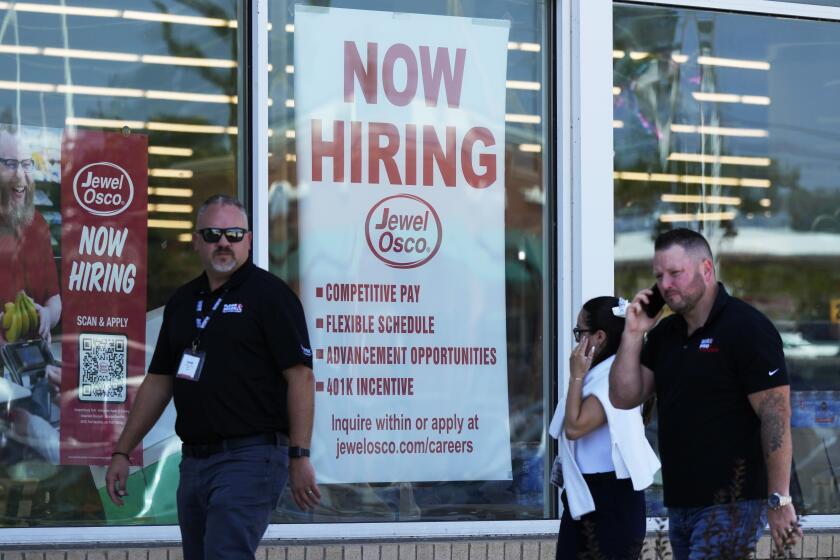A Recovery Mired in Costly Jobs, Fear of Inflation and <i> Low </i> Interest Rates
The U.S. economy is now 27 months away from the last downturn. And a new Administration--populated by a younger generation full of energy and desire to address the nation’s problems--has been elected to office. Yet most Americans feel as though the country is still slogging through a recession--and that Washington remains out of touch with their needs and concerns.
A lot of peripheral issues are swirling around the nation’s capital. But when you get down to brass tacks, most people’s major concerns revolve around three factors that have a material effect on their financial situation: employment, inflation and interest rates.
Relatively few new jobs have been created since the recession ended over two years ago, leading to modest wage demands and very cautious spending patterns. Yet both wholesale and retail prices are rising faster this year than last, reviving concerns over inflation trends. In turn, this has produced fears that the Federal Reserve will have to tighten its monetary policy, thereby boosting short-term rates.
As far as jobs are concerned, not since the 1930s has it been so difficult for so many to find the right job at the right pay--notwithstanding the fact that today’s unemployment rate is less than one-third what it was 60 years ago.
To be sure, the President is aware of the lack of job growth. After all, he proposed a stimulus program to create jobs--a plan defeated by a Republican filibuster in the Senate.
However, other Administration proposals would add to the cost of hiring workers. These include: a tax on employers’ payrolls to help pay for the forthcoming health care program, the mandatory inclusion of every firm’s employees in a health care plan, and a possible increase in the minimum wage.
If business had no choice, it would add to payrolls despite these impediments, as dictated by sales and output needs--and then simply try to pass these costs along to individual and corporate consumers.
But business does have a choice. The cost of information processing equipment has been falling for about 20 years, while advances in technology have enabled many firms to replace people with these computers--and increase output at the same time. Thus, fewer jobs are being created.
In today’s gloomy, slow-growth environment, the last thing you would expect to see is a burst of inflation. Yet, that is what’s been happening since the beginning of this year.
At the producer (or wholesale) level, prices in the first five months of this year rose at a 3.6% annual rate, compared to a 0.6% clip in the previous five months. At the consumer level, the pace has picked up to 3.7% from the preceding five months’ 2.7% inflation rate.
Policy-makers, consumers and business people should always be vigilant when it comes to inflation, but it seems to be premature to push the panic button just yet. There are three powerful forces present that will keep inflation from heating up in the foreseeable future.
* First and foremost, the consumer has learned to just say “no” to higher prices. Consumer discipline may not be very effective when it comes to such necessities as health care, but it seems to be holding down costs on most other goods or services people buy--witness the unprecedented price cuts for such branded items as cigarettes and diapers announced several weeks ago.
* For its part, business has learned to just say “no” as well, when it comes to wage and salary increases. Combined with industry’s growing use of part-time employees, the denial of health care and other benefits to full-timers and massive productivity gains from the surge in technology, the result is virtual stability in unit labor costs.
* Finally, rising interest rates are no stranger to economic recoveries.
Usually, both short- and long-term interest rates bottom out during the first few months of a business upswing and rise thereafter. Since the typical post-war business recovery has lasted over four years, it’s pretty clear that rising interest rates do not immediately choke off economic expansion.
You wouldn’t know this from all the hysteria over recent trends in interest rates. In May, long-term interest rates--measured by the bellwether 30-year Treasury bond’s yield--moved back over 7% for the first time since early April. And the markets are now speculating that short-term rates will begin rising as well.
In view of the concerns over inflation--plus the enormous liquidity that the Fed has had to create to drive short rates as low as they are--such a move would not be unreasonable. And it should not be anathema to the economy or the stock market, either.
Indeed, failure by the Fed to change its easy-money posture this far into an economic recovery might very well have more adverse consequences in the longer run, by enabling today’s inflation pressures to become tomorrow’s inflation problem.
As for the argument that the economy needs lower rates to grow, that has become increasingly specious. For one thing, lower rates have cut into households’ interest income, causing many people--especially senior citizens--to lose buying power. For another, low rates haven’t generated much borrowing, since both consumers and business are trying to reduce their debts.
In the end, moreover, low rates might actually hurt job creation--by making it even cheaper for businesses to buy or lease computers or other equipment, instead of hiring workers.
More to Read
Inside the business of entertainment
The Wide Shot brings you news, analysis and insights on everything from streaming wars to production — and what it all means for the future.
You may occasionally receive promotional content from the Los Angeles Times.







